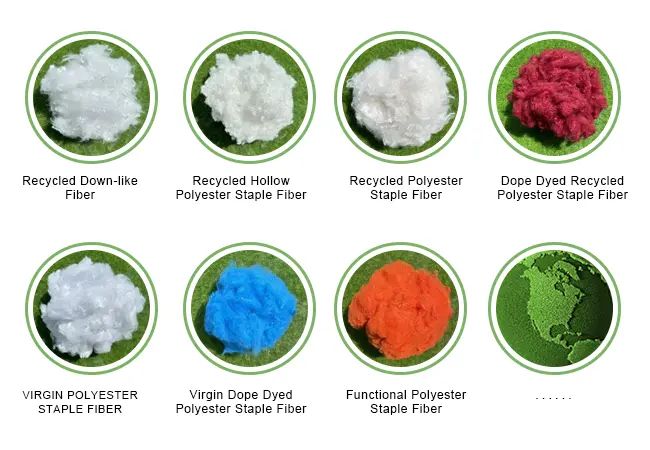ENVIRONMENTAL TECHNOI OGY LEADS BRIGHT FUTURE,
GREEN TEXTILE MAKES COMFORTABLE LIFE!
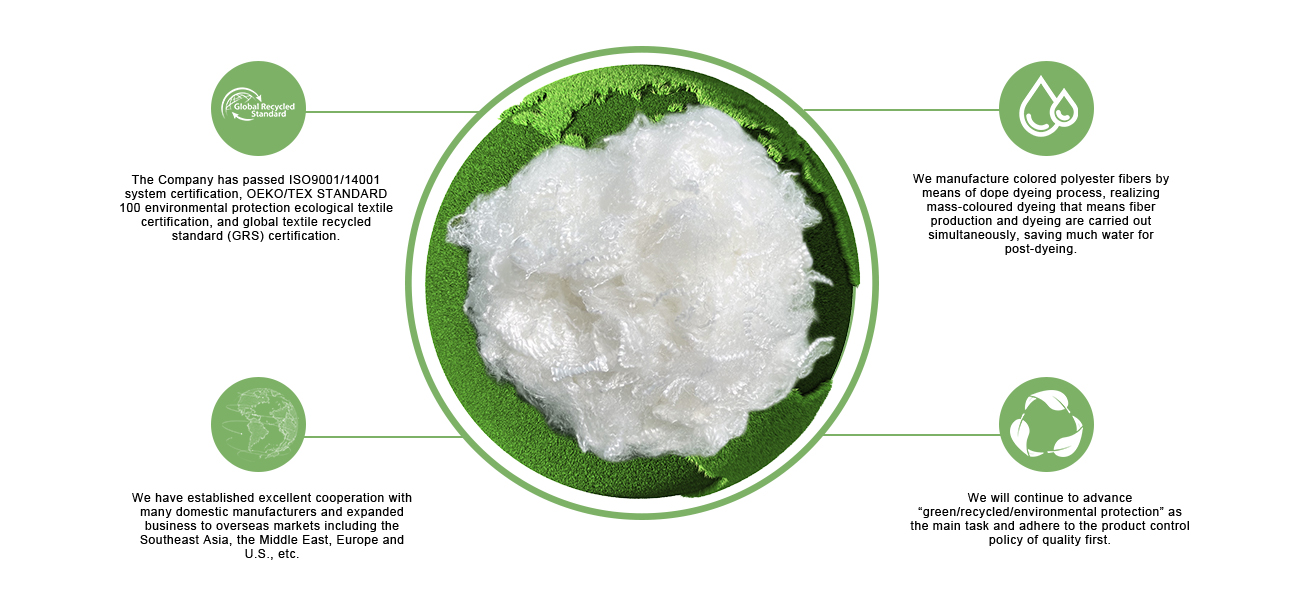
About Us
The company has been dedicated to the research and development, production, sales and services of environmentally friendly polyester fibers. Several domestic advanced production lines of polyester staple fiber and colored fiber as well as modified polyester staple fiber can meet various needs. Its main products, made in pursuit of the idea of “no dyeing and environmental protection, green textile”, include down-like fiber, recycled polyester staple fiber, superfine denier fiber, colored fiber, hollow fiber and functional fiber and other varieties. We produce recycled polyester staple fibers from recycling of polyester products, helping reduce waste and energy use. We manufacture colored polyester fibers by means of dope dyeing process, realizing mass-coloured dyeing that means fiber production and dyeing are carried out simultaneously, saving much water for post-dyeing. We have established excellent cooperation with many domestic manufacturers and expanded business to overseas markets including the Southeast Asia, the Middle East, Europe and U.S., etc.
Featured Press
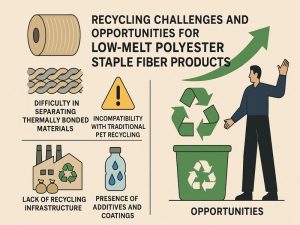
Recycling Challenges and Opportunities for Low-Melt Polyester Staple Fiber Products
The heat-bonding synthetic fiber known as low-melt polyester staple fiber (LMPSF) is utilized in nonwovens, wadding, and filters. Melting at 110–180°C, it bonds materials efficiently. With rising sustainability concerns, LMPSF’s recyclability is under review, revealing both challenges and promising opportunities. Understanding LMPSF and Its Applications LMPSF is made by blending
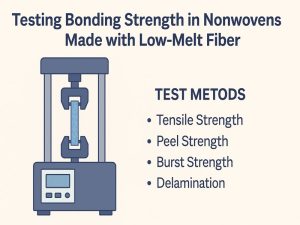
How to Test Bonding Strength in Nonwovens Made with Low-Melt Fiber
Low-melt polyester fibers are key to thermally bonded nonwovens, melting at 110–180°C to act as internal adhesives. Used in filters, insulation, and hygiene products, they ensure strong, uniform fabrics without external binders. Understanding their bonding strength is vital for performance and compliance. This article covers testing methods, influencing factors, and
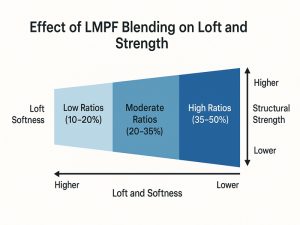
LMPF Blending Ratios: How to Optimize Product Loft and Strength
Balancing softness, durability, and resilience is key in nonwovens. Low-Melt Polyester Fiber (LMPF) offers an effective solution by enabling thermal bonding without adhesives or stitching. However, its performance depends heavily on the blending ratio with standard fibers. This article explores how different LMPF ratios impact product properties and provides practical
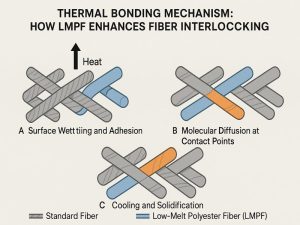
Thermal Bonding Mechanisms: How LMPF Enhances Fiber Interlocking
Thermal bonding is a key method in textile and nonwoven manufacturing, offering strength, flexibility, and eco-efficiency. Low-Melt Polyester Fiber (LMPF), designed to melt at low temperatures, enhances this process by bonding with other fibers under heat, creating cohesive, high-performance materials. Understanding Thermal Bonding in Fiber Networks Thermal bonding is a
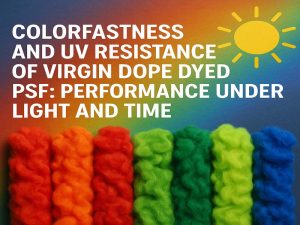
Colorfastness and UV Resistance of Virgin Dope Dyed PSF: Performance Under Light and Time
In textiles, visual appeal matters as much as performance—especially outdoors or under UV. Virgin Dope Dyed Polyester Staple Fiber (PSF) offers built-in colorfastness and UV resistance by adding pigment during melt spinning. This article examines the colorfastness and UV resistance of virgin dope dyed PSF, compares it with traditional dyed
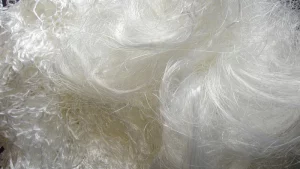
The Mechanical Properties of Virgin Polyester: Strength, Durability, and Resilience
Polyester is one of the most widely used synthetic polymers in the world, recognized for its versatility and performance in various industries, from fashion and home textiles to automotive and industrial applications. Among the different types of polyester, virgin polyester—produced directly from petrochemical feedstocks rather than recycled materials—offers superior mechanical

